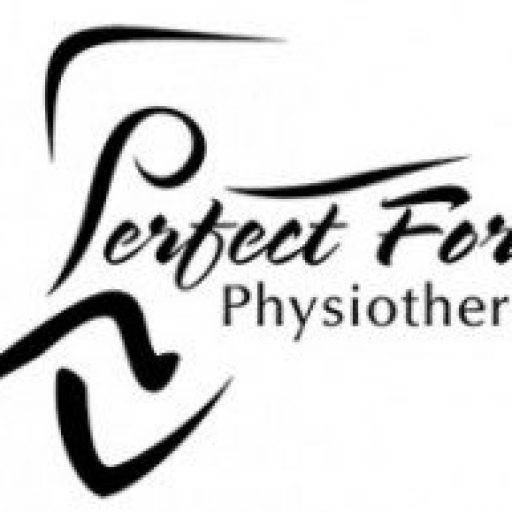Knee Pain
A lot of people will suffer from some form of knee pain at some time. Most commonly you will often feel it around the side of the knee which might be known as “Runners Knee” or “ITB syndrome”, or around the knee cap area known as “Patellofemoral Pain” or “Anterior knee pain”.
Commonly, treatment will be based on just the knee, however, the knee moves in harmony with the hip and the foot and this is incredibly important when looking at diagnosing knee pain. This video below explains the importance of proper foot and hip function on reducing knee pain.
Some of the most common forms of knee pain are explained below. Remember that an experienced clinician is needed to correctly diagnose any injury.
Patellofemoral Pain
Patellofemoral pain, also referred to anterior knee pain, is a term for pain anywhere around or behind the knee cap. When we bend the knee, the patella moves into the groove formed the femur and the tibia and increases pressure on the soft tissue structures in the patellofemoral joint. When there is a misalignment of this tracking of the knee cap increasing pressure in the joint with excessive pressure being applied to one side.
It often creeps up upon us and is most commonly due to a muscular dysbalance in one or more groups around the hip, knee or foot (1). Commonly, a weakness in the vests medialis oblique (VMO), the big muscle sitting above your knee and slight towards the centre of your body, is blamed for the cause of patellofemoral pain. Making sure that this muscle fires at the appropriate time is essential in negating pain.
Another common factor causing patellofemoral pain is poor biomechanics of the hip, foot and knee. Ultimately, the cause of anterior knee pain is multifactorial and needs to assess the functional disorders in the lower extremities. A physiotherapist will assess your functional ability and take into account your hip and leg structure to pinpoint the exact cause of your pain. They may look at your gluteal muscles, your hamstrings, the rotation in your hips to determine what is working correctly and what is not.
Patellofemoral pain affects about 25% of the population (1) (2), affecting women twice as likely as men (1).
Symptoms consist primarily of pain, especially on bending and using the stairs. Impact activities like running and hopping as well as use large ranges of motion like squatting and kneeling can all exacerbate symptoms. Swelling and tenderness around the area can also be present. If not treated, symptoms can persist to the point where pain is felt even at rest. This is known as “theatre knee”.
Depending on how chronic the condition is, pain free results can usually be achieved quite quickly. Physiotherapy also plays a vital role in screening and therefore the prevention of knee pain arising in the first instance. Since patellofemoral pain is mostly brought on by overuse stress, a screening program for athletes is extremely useful to establish what is at risk and what their “pre-habilitation” should include (3). When required, treatment should consist of a mixture of hands on releases and home exercises that include balance training, proprioceptive exercises and specific muscle targeted exercises.
A typical rehabilitation program
Researchers have emphasised some crucial points that must be addressed in all rehabilitation programs for patellofemoral pain: reduction of pain and swelling, return of volitional control of the muscles, restore the flexibility of the soft tissues and regain control of knee joint in functional movements. Not only do this four requirements address the symptoms, they also address the causes, lessening the likelihood that the injury will reoccur.
Phase 1
Reduce pain and swelling using the RICE protocol and anti-inflammatories. Rest is also prescribed.
Phase 2
Regain muscular control of the VMO and vastus medialis laterus (VML). This can be done with electro pads or with targeted muscular activation exercises. Often, the VMO is targeted more due to its ability to more strongly pull on the patella and realign it.
Phase 3
Normalise the biomechanics of the foot and hip during functional movements. This involves a target exercise program from your therapist that incorporates many different styles of exercise to increase the neuromuscular coordination.
Phase 4
Increase the amount of impact and loading going through the joint.
Rehabilitation is quite successful, with 2/3 of clients who undergo rehabilitation programs reducing their pain and getting back to daily life (3).
References:
(1)https://www.ncbi.nlm.nih.gov/pmc/articles/PMC4169618/
(2)https://physioworks.com.au/injuries-conditions-1/patellofemoral-kneecap-pain-syndrome
(3)https://www.ncbi.nlm.nih.gov/pmc/articles/PMC2443365/
(4)http://orthodoc.aaos.org/tamirbloom/Patellofemoral%20Rehab%20for%20Therapists.pdf
BOOK YOUR ONE ON ONE APPOINTMENT TODAY
+61 2 9922 7721
